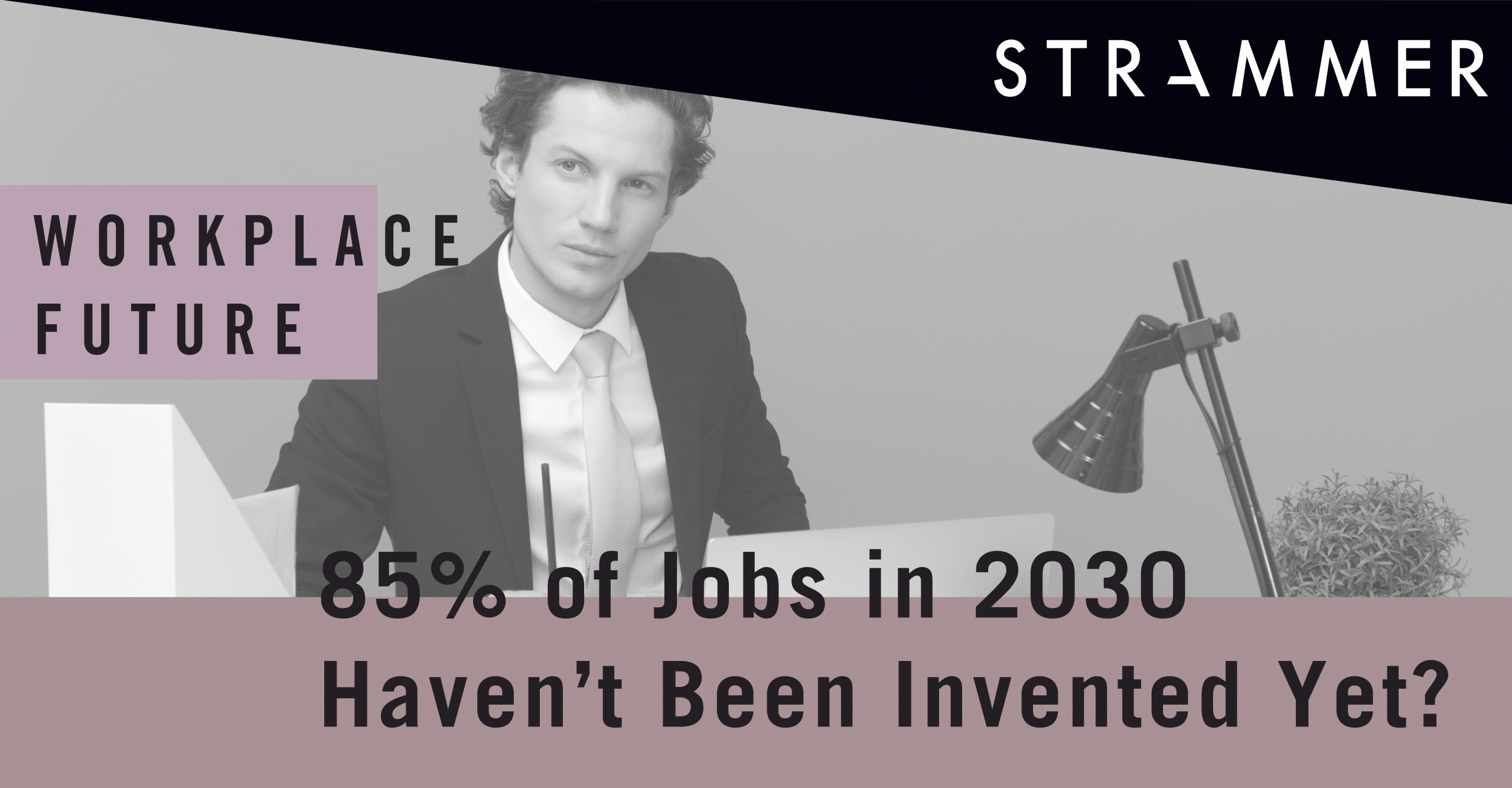Future of Jobs
“85% of the Jobs That Will Exist in 2030 Haven’t Been Invented Yet”, said experts at the Institute for the Future (IFTF) Workshop in 2017. It is an astonishing prediction, but could it come true?
The Dell Technologies and the Institute for the Future report in which this prediction is made advances the view that technological progress will displace old jobs and create new ones characterised by human and machine collaboration.
The emerging technologies predicted to drive large scale changes to work, like Artificial Intelligence (A.I), are attractive because of their potential to help solve key market challenges in the Life Sciences, like the demand for increasingly personalised patient experiences. But how realistic is it that we will see such a rapid uptake of new technologies, to the extent that a large majority of the jobs in 2030 are yet to be created?
One hurdle companies face is the skill gap, and therefore the huge upskilling effort ahead. Take Pharma, for example. A.I. data analytics technologies – which are being used to analyse complex data sets in areas from clinical trials to marketing – will necessitate employees with specialist skills to operate machines and interpret outputs. The challenge therefore will be acquiring workers who possess such skills and training the current and future workforce to increase their capabilities.
The study advances the view that jobs of the future will be evolving constantly with technological innovation, and many advance that we must embrace a ‘life-long learning’ approach. However, many workers may not learn at the pace that companies need or expect, which could slow down the integration of new technologies and the pace of large-scale workforce change forecasted in this report.
Furthermore, healthcare companies would have to purchase and integrate new technologies into their businesses. In Pharma, introducing A.I. driven data analytics tools fully across departments would involve re-building the whole digital system of these companies, which presents investment and planning challenges.
External factors will also likely impact the process of adopting emerging technologies. As the Life Sciences is a highly regulated industry, governments and regulatory bodies will have to decide how to respond to drugs/medical devices where these are made by automated or intelligent machines without physical human oversight. Companies will then have to ensure they remain compliant with new rules and laws, which Regulatory Affairs departments will have to adapt to.
What is certain is that the sheer potential of the applications of new technologies to the Life Sciences industry across the value chain is vast. For instance, in MedTech, A.I. can be used in medical imaging to hasten diagnostics, as well as later for monitoring patients through wearable devices. Thus, it is logical that companies who can afford to implement new technologies will continue to pay high prices to acquire them early in an effort to gain competitive advantage.
Indeed, the adoption of new technologies in the Life Sciences is growing. The value of A.I., for instance, in the Life Sciences market was USD 1,101.1 million in 2019 and is predicted to grow to USD 4,893.1 million in 2025. And whether or not the report’s forecast on jobs is proven to be accurate, we can be certain that emergent technologies will continue to transform the healthcare industry at a quickening speed, and with it, many of the jobs of the very near future.
References:
- The Next Era of Human Machine Partnerships, Dell Technologies and the Institute for the Future.
- Patent and Regulatory Challenges in AI’s Use in Life Sciences, July 2020, MedTech Intelligence.
- We need a reskilling revolution. Here’s how to make it happen, April 2019, World Economic Forum.
- 5 Ways Big Data Is Transforming the Pharmaceutical Industry, May 2017 Disruptive Tech Asean.
- Workplace automation: how AI is coming for your job, September 2019, Financial Times.





